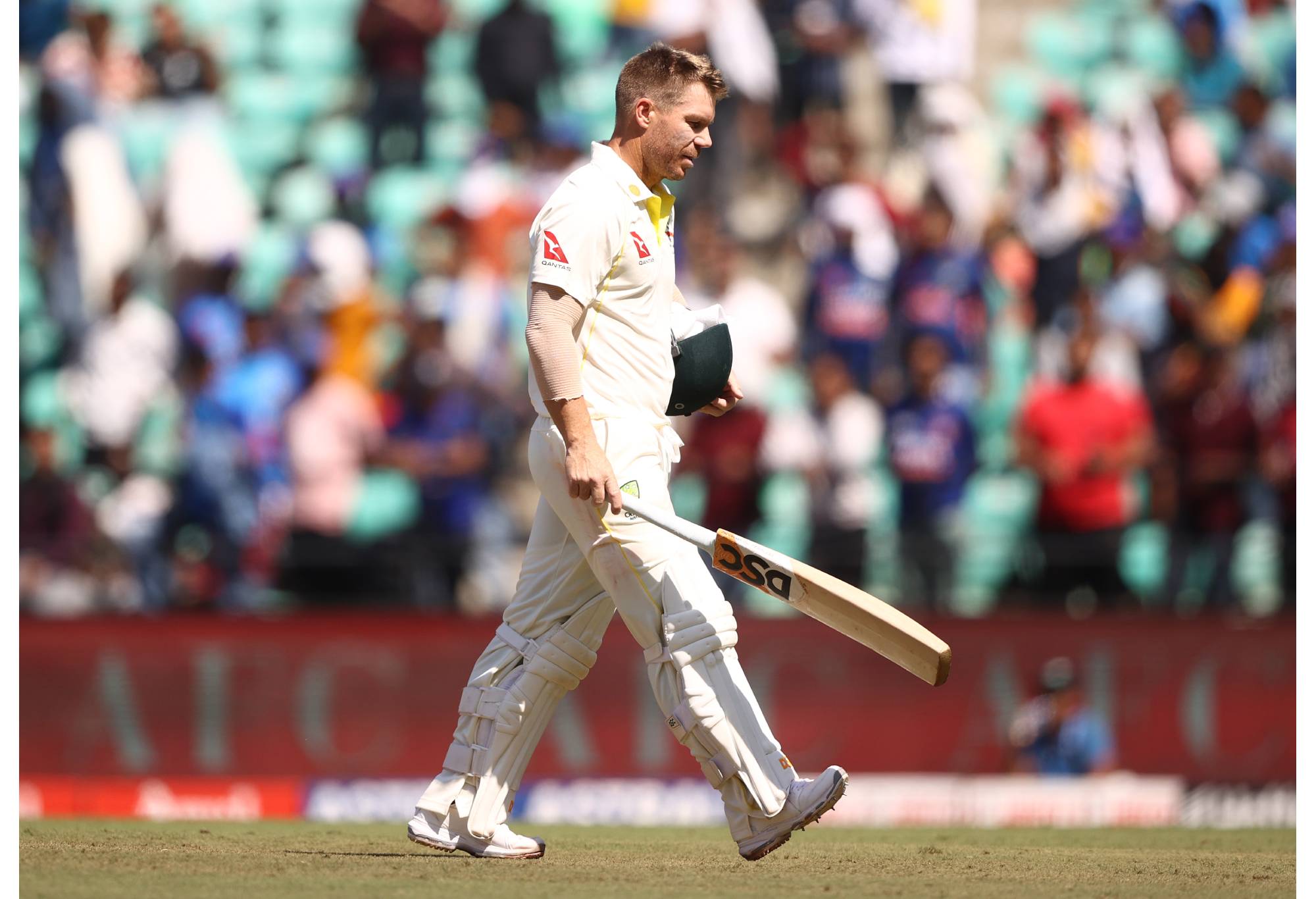Australias first Test defeat in Nagpur was as telling in its structure as it was superincumbent in its magnitude.
Australia may have lost its remaining second innings wickets in the afternoon of the third day, but the forfeiture had been well and truly washed-up by that stage. Indeed, you could make a solid specimen that Australia were tamed surpassing a wittiness had plane been bowled.
Australia came into the game on the when of a preparation that left little opportunity for acclimatisation. They may have hoped that a scuffed wicket at North Sydney Oval could replicate the type of surface that would greet the teams in India, but the twenty-two-yard strip they faced would prove to be only a fraction of the challenge.
Cricket in India is unlike anywhere else in the world. The unvarying wade on the senses. the light, noise, heat, humidity and aroma, has in the past thrown touring teams off balance.
India is a place where, in 2013 in Hyderabad, Michael Clarke famously became the first tutorage in Test cricket history to declare his teams first innings sealed and then go on to lose the match. The pursuit Test saw the Australians concentrate increasingly on over rates than getting when into the races on the third evening, with a side weakened by internal suspensions without ‘homework-gate’.
In the first Test of the pursuit tour in Pune, a set Matthew Renshaw was so unauthentic by the local conditions that his innings was interrupted when nature could simply not wait.

Matt Renshaw. (Photo by Jason McCawley/Getty Images)
This tours wobbles began with the side embroiled in concerns that the Nagpur wicket was prepared to favour the home spinners to an unfair degree, expressly with a well-matured zone left underprepared outside the left-handers off stump. In reality, the conditions in Nagpur favoured the slow bowlers no increasingly or less than those in Perth squire the pacemen, but this was secondary, the psychological wrack-up had been struck.
The doubt placed in Australias minds then manifested itself in the selection process. Australia left out the one batsman, Travis Head, weightier equipped to take the wade to the Indians and strike blows for Australia in return.
The Australian logic was that Heads record versus slow bowling in helpful conditions was not as solid as they would have wished, but it was interesting that his replacement, Peter Handscomb, was a right-hander selected in favour of the deposed leftie.
More Cricket
- Drop Murphy, pick just one spinner, Head returns: Border wants to harden up Aussies with major changes
- India takes first points in wrestle of wills, as few Australians show any fight at all
- Captain Cummins reaches his 'Sliding Doors' moment with Warner, just like Waugh did with Warnie
- Pitch dramas reignite with photos vetoed at Delhi as increasingly readymade rough served up for Indias spinners
- The white wittiness summer belonged to Matt Short
After winning a crucial toss and batting first, Australia lost a marginal leg-before visualization versus Usman Khawaja, and a comprehensively tamed David Warner in the first thirteen balls.
Warner must be a snooping to the tourists. He appears slightly slow of reflex, stuff late on a Mohammad Shami wordage that swung nicely but not prodigiously. Many Australian’s will be hoping that this is not the whence of the end of a sunny career.
After Marnus Labuschagne and Steven Smith had righted the ship, the innings subsided with a speed seen in increasingly than one recent touring team to India. The comprehensive nature in which the second half of the Australian batting order fell yonder will be what gives mentor Andrew McDonald the greatest of headaches, let vacated what happened in the second innings.
The traditional masters of mental disintegration saw the tables turned on them. Years of stewardship by such flint-hard generals as Sourav Ganguly, MS Dhoni and Virat Kohli has seen India learn their trade well, and their psychological mastery of their opponents is to be applauded.
Head must play in Delhi, and he must succeed if Australia are to seize when the initiative. He should be allowed, as much by himself as team management, the self-rule to take the wade to an Indian line-up that, in Nagpur, not so much pinned Australia to the ropes as wilting them when over them.
The other vital inclusion is Mitchell Starc, as much for his rapid left-arm deliveries as for the rough he will create outside the off stump of the right-hand centric Indians. This will squire a Nathan Lyon that looked unusually powerless on a wicket that offered him little deviation and plane less bounce.
What is vastitude question is that Australia needs to rediscover a portion of the nonflexible whet and was seen in the Laner era if they are to stay working in this Border-Gavaskar series.











